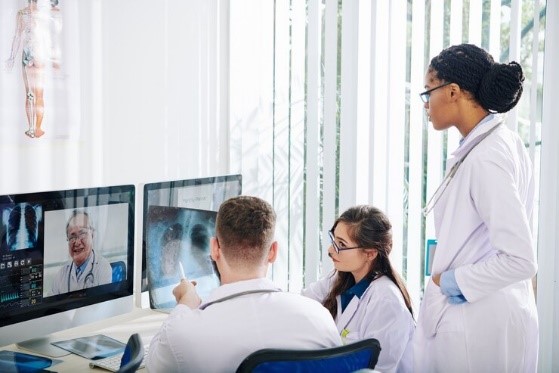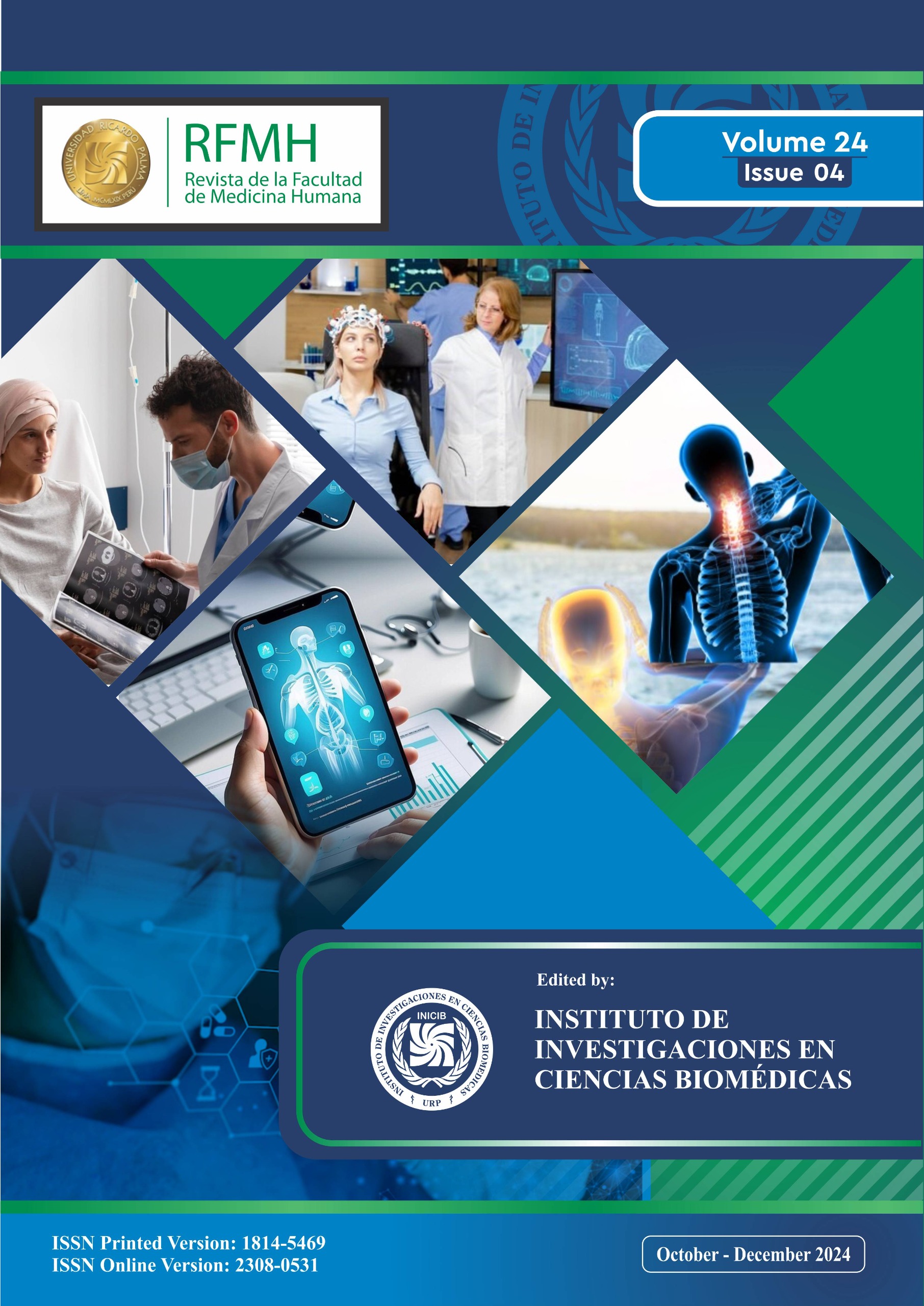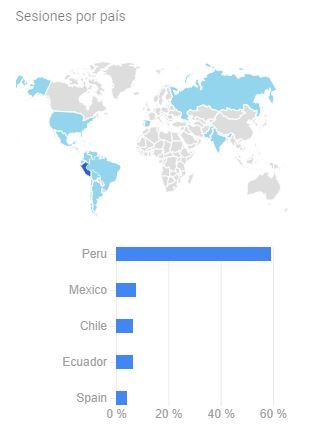Guiding learning through simulation in health: the transformative role of the teacher
Guiando el aprendizaje a través de simulación en salud: el papel transformador del docente | 通过模拟指导健康领域的学习:教师的变革性角色
DOI:
https://doi.org/10.25176/RFMH.v24i3.6717Keywords:
Simulation, Simulation Training, teacher, patient simulationAbstract
The parameters to define what “a general teaching role” should be have varied in the history of higher education. The existing evidence in favor of generating spaces for controversy, questions, active and greater participation of students, guiding learning and not directing it, is overwhelming. Although the clinical simulation teacher does not escape this definition, there are still controversies as to whether there are true differences in their role compared to other areas of health teaching. In this article we intend to break down some issues that differentiate the teachers in charge of the facilitation process, such as clinical simulation, which stimulates autonomous learning, meaningful learning, vicarious learning, cooperative and reflective learning, learning in action and experiential learning.
Downloads
References
Horton R. Offline: No dark sarcasm in the classroom. Lancet. 2022 Nov 12;400(10364):1666. doi: 10.1016/S0140-6736(22)02297-8. PMID: 36366881.
Roussin CJ, Weinstock P. SimZones: An Organizational Innovation for Simulation Programs and Centers. Acad Med. 2017 Aug;92(8):1114-1120. doi: 10.1097/ACM.0000000000001746. PMID: 28562455.
Persico L, Belle A, DiGregorio H, Wilson-Keates B, Shelton C. Healthcare Simulation Standards of Best PracticeTM Facilitation. Clinical Simulation in Nursing. septiembre de 2021;58:22-6.
Finkel D. Teaching with your mouth shut. Boynton/Cook Publishers, Portsmouth, NH:2000. https://archive.org/search?query=external-identifier%3A%22urn%3Aoclc%3Arecord%3A1245816499%22
Diaz-Navarro C, Armstrong R, Charnetski M, Freeman KJ, Koh S, Reedy G, Smitten J, Ingrassia PL, Matos FM, Issenberg B. Global consensus statement on simulation-based practice in healthcare. Adv Simul (Lond). 2024 May 21;9(1):19. doi: 10.1186/s41077-024-00288-1. PMID: 38769577; PMCID: PMC11106913.
Edmondson A. Psychological Safety and Learning Behavior in Work Teams. Administrative Science Quarterly. junio de 1999;44(2):350-83. https://web.mit.edu/curhan/www/docs/Articles/15341_Readings/Group_Performance/Edmondson%20Psychological%20safety.pdf
Rudolph JW, Raemer DB, Simon R. Establishing a safe container for learning in simulation: the role of the presimulation briefing. Simul Healthc. 2014 Dec;9(6):339-49. doi: 10.1097/SIH.0000000000000047. PMID: 25188485.
Rudolph JW, Simon R, Dufresne RL, Raemer DB. There's no such thing as "nonjudgmental" debriefing: a theory and method for debriefing with good judgment. Simul Healthc. 2006 Spring;1(1):49-55. doi: 10.1097/01266021-200600110-00006. PMID: 19088574..

Downloads
Published
How to Cite
Issue
Section
License
Copyright (c) 2024 Revista de la Facultad de Medicina Humana

This work is licensed under a Creative Commons Attribution 4.0 International License.





























